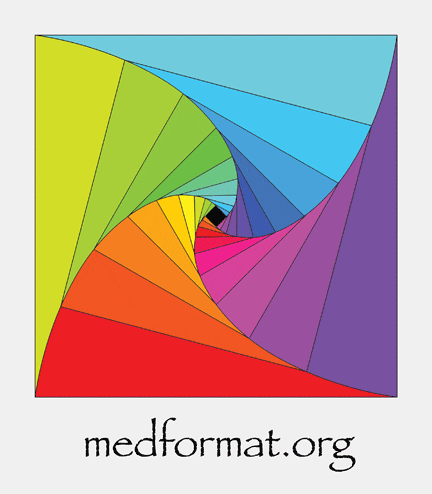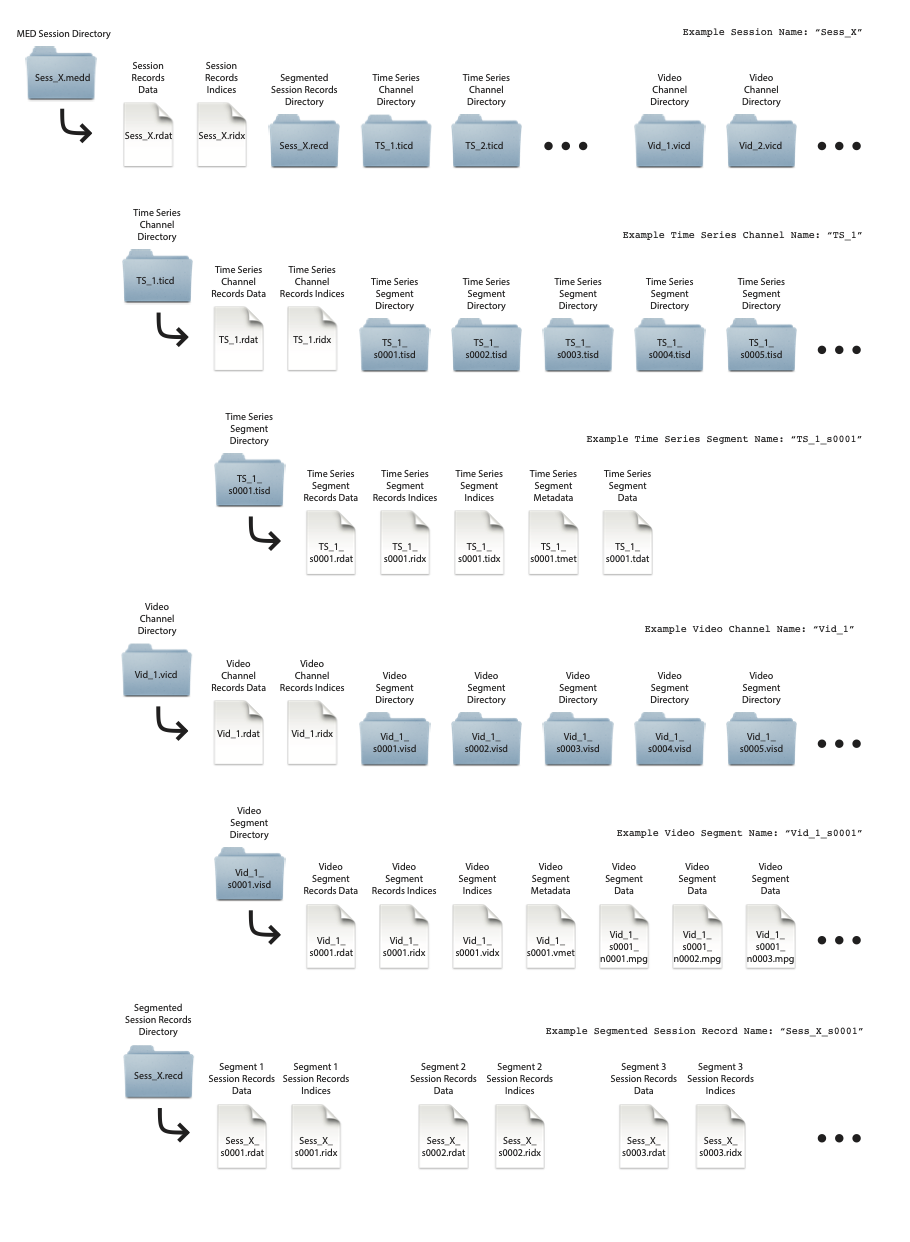Multiscale Electrophysiology Data (MED) Format Software Library, Version 1.0
Written by Matt Stead
MED library source code (medlib) is copyrighted by Dark Horse Neuro Inc, 2021 (Matt Stead & Casey Stengel)
Medlib is free software:
You can redistribute it and/or modify it under the terms of the Gnu General Public License (Gnu GPL), version 3, or any later version (as published
by the Free Software Foundation).
The Gnu GPL requires that any object code built and distributed using this software is accompanied by the FULL SOURCE CODE used to generate the object code.
This software is distributed in the hope that it will be useful, but WITHOUT ANY WARRANTY;
without even the implied warranty of MERCHANTABILITY or FITNESS FOR A PARTICULAR PURPOSE.
See the Gnu GPL for more details.
If you did not receive a copy of the Gnu GPL along with this code, you can find it on the GNU web site.
You can also obtain a copy by writing to the Free Software Foundation, Inc. at:
51 Franklin Street, Fifth Floor, Boston, MA 02110-1301 USA.
We kindly ask you to acknowledge medlib in any program or publication in which you use it, but you are not required to do so.
Commercial versions of medlib may be licensed from Dark Horse Neuro Inc, Bozeman, MT, USA.
Commercially licensed copies do not require object code using medlib to be accompanied with it's corresponding full source code.
Users interested in a commercial license may contact Dark Horse Neuro, Inc.
MED derives from the Multiscale Electrophysiology Format (MEF), versions 1-3.
Many people contributed to the MEF effort, but special mention is owed to
Greg Worrell, Casey Stengel, Andy Gardner, Mark Bower, Vince Vasoli, Ben Brinkmann,
Dan Crepeau, Jan Cimbálnik, Jon Lange, and Jon Halford for their contributions
in design, coding, testing, implementation, and adoption.
The encryption / decryption algorithm is the 128-bit AES standard (
http://www.csrc.nist.gov/publications/fips/fips197/fips-197.pdf ).
AES routines (128 bit only) are included in the library, with attribution, for convenience.
The hash algorithm is the SHA-256 standard (
http://csrc.nist.gov/publications/fips/fips180-4/fips-180-4.pdf ).
Basic SHA-256 routines are included in the library, with attribution, for convenience.
Strings are encoded in the Universal Character Set standard, ISO/IEC 10646:2012 otherwise known as UTF-8.
( http://standards.iso.org/ittf/PubliclyAvailableStandards/c056921_ISO_IEC_10646_2012.zip )
Basic UTF-8 manipulation routines are included in the library, with attribution, for convenience.
Error detection is implemented with 32-bit cyclic redundancy checksums (CRCs).
Basic CRC-32 manipulation routines are included in the library, with attribution, for convenience.

